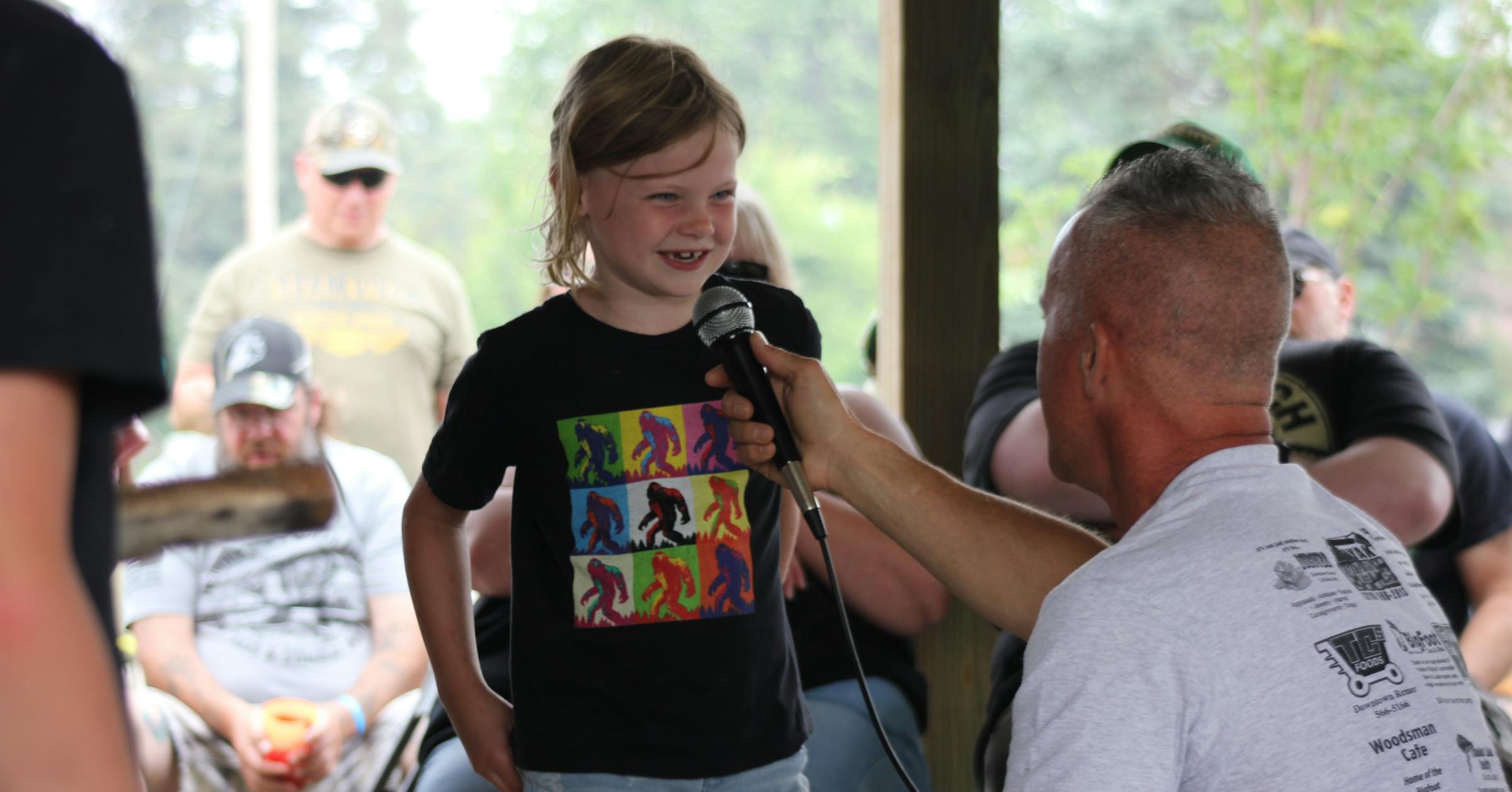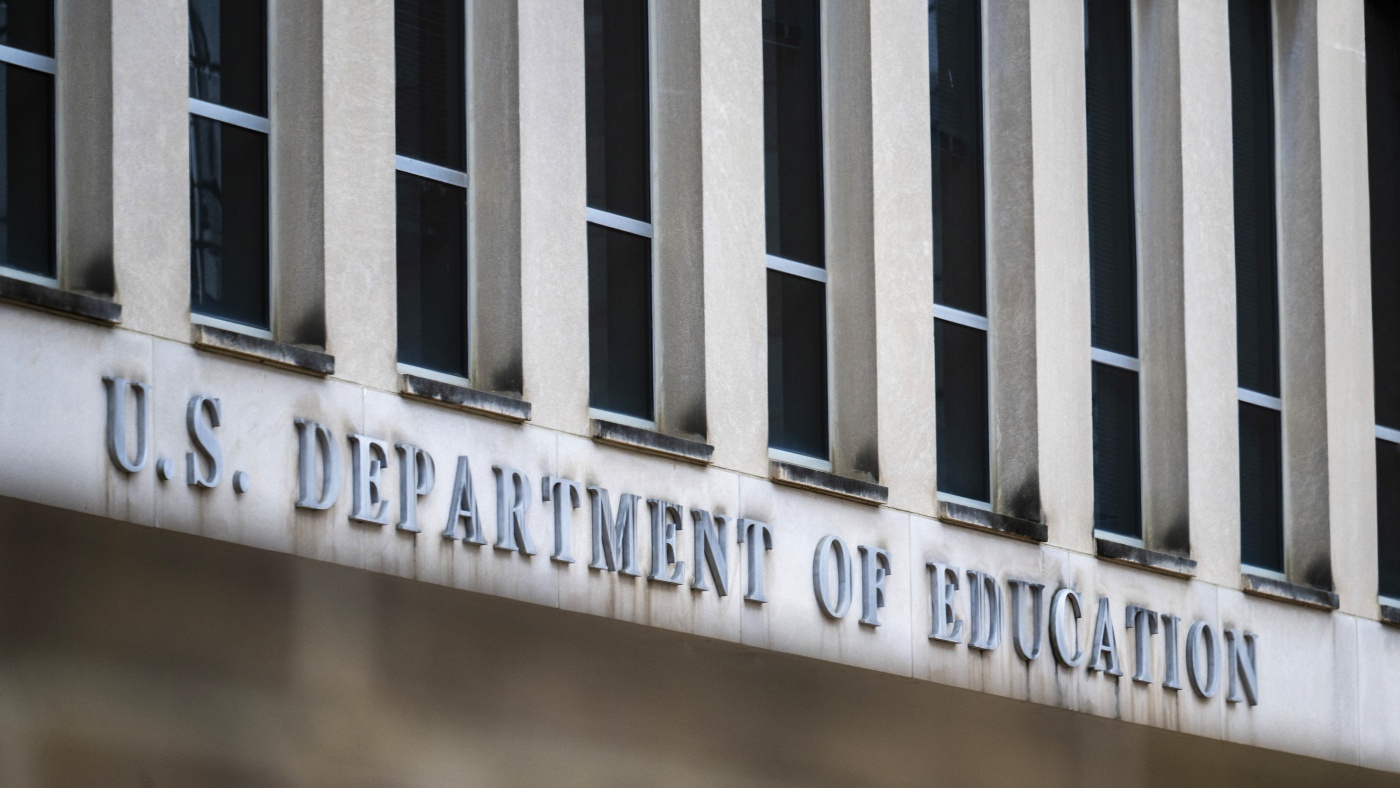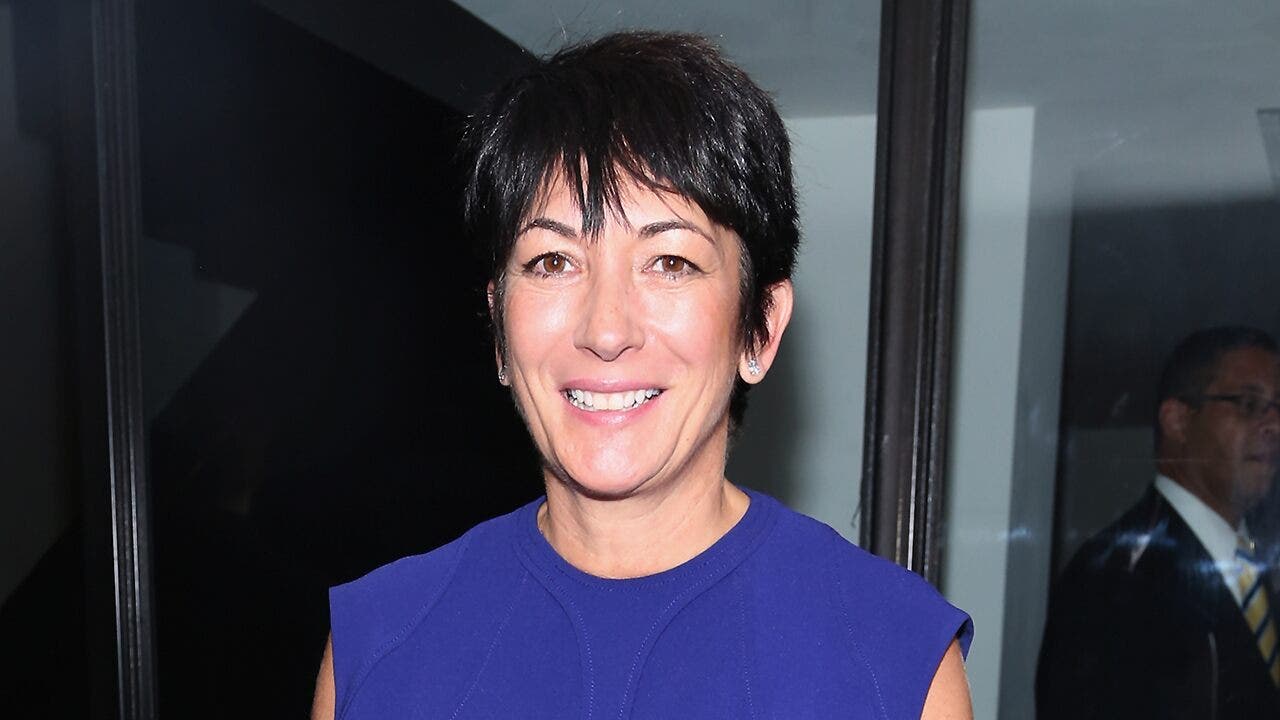Minnesota
What is radon? And how does it get into our homes?

ST. PAUL, Minn. — A potentially life-threatening gas enters Minnesota homes at higher rates than other states.
During Lung Cancer Awareness Month, we wanted to better understand: What is radon? How does it get into our homes?
A competitive market the past several years has forced many prospective home buyers to get creative with their offers, sometimes at their own risk.
“Unfortunately, we did see a drop off in real estate testing in 2022 compared to 2020-2021,” said Dan Tranter, indoor air supervisor for the Minnesota Department of Health.
He’s talking about testing for radon, which gets skipped when home buyers drop the home inspection to make their offers stand out.
What is radon? It is a colorless and odorless gas that homeowners are unaware is potentially around them. Minnesota is known for having high levels of radon in its soil.
MORE NEWS: Elevated lead levels found in some St. Paul drinking water for first time in decades
“It’s a type of radiation. It comes from uranium. As uranium breaks down, it turns into radon,” said Tranter.
Once in the soil, radon is released into the outdoor air but also into our homes through the foundation. It seeps through cracks or gets sucked in by machines like water heaters.
MDH estimates that 40%, or two out of five homes, have high levels of radon inside.
“Radon’s a type of radiation when you breathe it in for a long period of time, like months to years, it can damage your lung cells which can lead to lung cancer,” he said.
According to the EPA, radon is the number one cause of lung cancer in nonsmokers, killing about 21,000 people per year.
WCCO
Bonnie Mueller, an avid runner, suddenly couldn’t do one of her favorite hobbies 10 years ago.
“It was just like a heaviness on my chest and then [I was] really tired,” Mueller said.
Her family pushed her to go to the doctor. After several tests, the results shocked her family: she had stage 4 cancer.
“I had a large mass on my left lung, it has metastasized to my liver, my lymph nodes and my pancreas,” she said.
Mueller wasn’t a smoker. A doctor suggested she test her home for radon.
What is considered a high level of radon?
“When a radon level is at or above 4 [picocuries per liter, or pCi/L], we highly recommend installing a radon mitigation system,” said Tranter.
Mueller said her home’s radon level tested over 30 pCi/L, well past the danger threshold. Her family quickly had a radon mitigation system installed. A pipe starts under the foundation and extends upward and eventually outside of the house, while a fan draws air through it.
“It’s like a giant straw through your house that’s redirecting the radon outside,” said Tranter. “So instead of coming into your home, the soil gases including radon go outside.”
Mueller says treatment that was still in testing phases back in 2013 was key to keeping her alive and her cancer at bay. Her initial diagnosis was less than six months. Ten years later, she’s managing the disease and is simply glad to still be with her family.
“All of a sudden it’s like you just want to tell everybody go, you know, go get your house tested,” she said.
Tranter showed WCCO a basic three-to-seven-day test kit that’s small enough to fit in your hand. It hangs in the lowest part of your home. After a few days, the test is mailed in with the results returning within a few weeks.
Some tests take up to three months to analyze the air, giving homeowners a long-term view of radon’s levels in their homes.
“Radon is something we can test for accurately, we can fix it effectively,” said Tranter.
Some homeowners assume their house is safe because it’s a new build or their neighbor’s homes were tested for radon and had low levels. Tranter said those are common misconceptions that could to problems.
Click here for more information about radon and testing.

Minnesota
Minnesota Lynx take down Chicago Sky 91-78

Napheesa Collier had 29 points, five assists and three steals, Courtney Williams added 18 points, eight rebounds, seven assists and four steals and the Minnesota Lynx beat the Chicago Sky 91-78 on Monday night.
Minnesota (19-4), which played its fourth game in six days, avenged an 87-81 loss to the Sky on Saturday.
Bridget Carleton opened the third quarter with a 3-pointer to give the Lynx a lead, 47-46, they would not relinquish the rest of the way.
Collier added a 3-pointer with 0.4 seconds left in the third, off a nice drive and assist from Williams, to extend Minnesota’s lead to 68-63. Collier also capped an 8-2 run to begin the fourth with two free throws to make it 76-65.
Geoff Stellfox / Getty Images
Minnesota forced a turnover on three straight possessions late in the fourth and converted three layups at the other end for an 87-74 lead with 2:39 left.
Collier was 7 of 14 from the field, including 4 of 7 from 3-point range, and 11 of 11 at the free-throw line.
Kayla McBride added 17 points and Carleton scored 11 for the Lynx, who made 12 of 32 3-pointers.
Angel Reese secured her ninth straight double-double for Chicago (7-14) with 22 points and 10 rebounds. Rachel Banham added 15 points and Rebecca Allen scored 10. Ariel Atkins, who scored 27 points on Saturday, left in the second quarter and did not return due to a leg injury.
Minnesota
Trial will be

It’s a high-stakes trial that could ultimately give Republicans and Democrats a 50-50 split in the Minnesota Senate.
“It has such political ramifications,” said Twin Cities attorney Mike Bryant. “I think a lot of people will be watching what happens.”
It was April 2024, when the criminal complaint said Minnesota Sen. Nicole Mitchell‘s stepmother’s called 911 to report a burglary at her Detroit Lakes home. Mitchell allegedly told police she entered the home to retrieve personal items connected to her recently deceased father, because her stepmother had cut off contact.
In a social media post, Mitchell denied all allegations. Mitchell said she had gone to check on a family member with Alzheimer’s disease.
Bryant said he feels Mitchell will have to testify.
“Unless the state has a really super weak case that they can’t prove anything, I think it’s going to be one of those situations where the jury’s going to want to hear from her,” said Bryant.
“I think it’s going to be very difficult to win,” said Minneapolis criminal defense attorney Joe Tamburino. “Let’s face it, according to what’s in the complaint and what we imagine the prosecutor will prove at trial, is that she was found in the house at the very early morning hours, she was dressed in black and she was discovered by her stepmother and then supposedly she ran down to the basement, and then when the police got there, she made a number of incriminating statements.”
Tamburino said Mitchell’s defense team will be calling on character witnesses.
“Those are witnesses who would say ‘look, the defendant is someone who’s honest, trustworthy, a good person,’” said Tamburino.
They will also try for something called jury nullification.
“Meaning you’re just telling the jury you never had the intent to do this, you’re a good person, so please find me not guilty,” said Tamburino. “Will there be witnesses, like factual witnesses, to say things that ‘well some of this property really was belonging to the defendant Ms. Mitchell’ or ‘some of this property was meant to go to her.’”
Bryant said he expects the longest part of the trial to be jury selection. If a jury can be picked in time, he expects the trial should wrap by the end of the week.
Minnesota
Remer, the ‘Home of Bigfoot,’ draws thousands of believers and curiosity-seekers to festival

“We’re very self-disciplined [and] keep the facts straight,” he said.
In 2009, Tim Kedrowski’s trail camera on his family’s hunting land in Remer captured a blurry image of a towering, dark figure with long arms. The image made headlines worldwide.
Some thought it was a hoax, but Kedrowski contacted the MN.B.R.T. to confirm it was a bigfoot.
Kedrowski, who died last year, wasn’t a bigfoot believer, said son Casey Kedrowski of Rice, Minn. But without the trail camera image, he said, Remer couldn’t lay claim to bigfoot like the way it does today.
Ruyak trademarked Remer as the Home of Bigfoot, a designation he said was solidified after the reputed 2009 sighting. He has studied local reports of alleged bigfoot sightings dating back to the early 1900s, when town founder William P. Remer discovered massive footprints.
-

 Culture1 week ago
Culture1 week agoTry to Match These Snarky Quotations to Their Novels and Stories
-

 News5 days ago
News5 days agoVideo: Trump Compliments President of Liberia on His ‘Beautiful English’
-
Business1 week ago
Companies keep slashing jobs. How worried should workers be about AI replacing them?
-

 News1 week ago
News1 week agoTexas Flooding Map: See How the Floodwaters Rose Along the Guadalupe River
-
Finance1 week ago
Do you really save money on Prime Day?
-

 News4 days ago
News4 days agoVideo: Clashes After Immigration Raid at California Cannabis Farm
-

 Politics1 week ago
Politics1 week agoJournalist who refused to duck during Trump assassination attempt reflects on Butler rally in new book
-

 Technology1 week ago
Technology1 week agoApple’s latest AirPods are already on sale for $99 before Prime Day




















